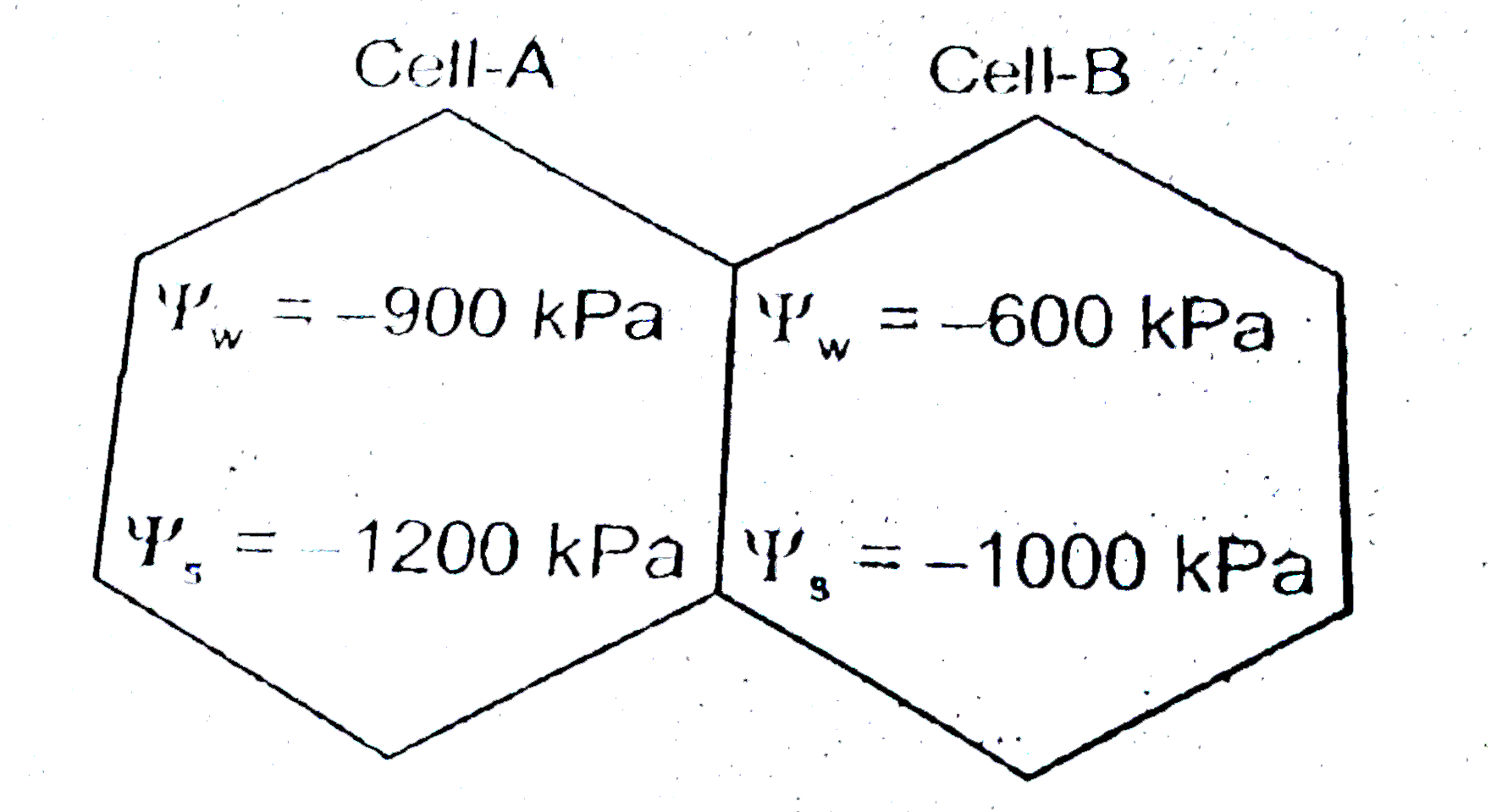What is a cell sap ?
Step-by-Step Solution:
1. Definition of Cell Sap:
- Cell sap is a non-living component found in the vacuoles of living cells.
2. Composition of Cell Sap:
- It is primarily a fluid material that consists of:
- Water (H2O)
- Amino acids
- Glucose
- Salts
3. Additional Components:
- Apart from the primary components, cell sap may also contain:
- Organic materials
- Inorganic materials
- Waste materials
- Food materials
- Nitrogenous compounds
4. Function of Cell Sap:
- The main function of cell sap is storage. It serves as a reservoir for various substances that the cell may need.
5. Variation in Young and Older Cells:
- Young cells have less cell sap compared to older cells, which tend to have larger amounts of cell sap.
6. Role in Seed Germination:
- In seeds, cell sap can dehydrate and then rehydrate during the process of germination.
7. Visual Representation:
- In a cell diagram, cell sap is represented as the fluid within the vacuole, while other components like chloroplasts, cell wall, cell membrane, cytoplasm, and nucleus are also present.
Summary:
Cell sap is a non-living fluid found in vacuoles of living cells, composed of water, amino acids, glucose, salts, and other materials, serving primarily as a storage medium.
---
- Cell sap is a non-living component found in the vacuoles of living cells.
- It is primarily a fluid material that consists of:
- Water (H2O)
- Amino acids
- Glucose
- Salts
- Apart from the primary components, cell sap may also contain:
- Organic materials
- Inorganic materials
- Waste materials
- Food materials
- Nitrogenous compounds
- The main function of cell sap is storage. It serves as a reservoir for various substances that the cell may need.
- Young cells have less cell sap compared to older cells, which tend to have larger amounts of cell sap.
- In seeds, cell sap can dehydrate and then rehydrate during the process of germination.
- In a cell diagram, cell sap is represented as the fluid within the vacuole, while other components like chloroplasts, cell wall, cell membrane, cytoplasm, and nucleus are also present.
Cell sap is a non-living fluid found in vacuoles of living cells, composed of water, amino acids, glucose, salts, and other materials, serving primarily as a storage medium.
Topper's Solved these Questions
- CELL:THE UNIT OF LIFE BOOK - ICSECHAPTER - CELL:THE UNIT OF LIFE EXERCISE - TOPIC 2(3 Marks Questions )
4 Videos
- CELL:THE UNIT OF LIFE BOOK - ICSECHAPTER - CELL:THE UNIT OF LIFE EXERCISE - TOPIC 2(5 Marks Questions )
22 Videos
- CELL:THE UNIT OF LIFE BOOK - ICSECHAPTER - CELL:THE UNIT OF LIFE EXERCISE - TOPIC 2(1 Mark Questions )
8 Videos
- CELL: THE UNIT OF LIFEBOOK - ICSECHAPTER - CELL: THE UNIT OF LIFEEXERCISE - REVIEW QUESTIONS (E. STRUCTURED/APPLICATION/SKILL TYPE)
3 Videos
- DIGESTIVE SYSTEM BOOK - ICSECHAPTER - DIGESTIVE SYSTEM EXERCISE - PROGRESS CHECK
42 Videos
Similar Questions
Knowledge Check
When a cell is placed in 0.5 M solution of salt and no change in the volume of the cell is observed, the concentration of cell sap would be
A0.5 MB0.05 MC5.0 MD50 M
The external solution having less concentration as that the of cell sap is called
View SolutionDuring absorption of water by roots , the water potential of cell sap is lower than that of
View SolutionThe external solution having same concentration than the cell sap is called
View SolutionWhen a cell is placed in 0.25 M concentrated suger solution, there is no change in it. The concentration of cell sap would be
View SolutionWater will enter a cell if it is placed in solution less concentrated than cell sap due to
View Solution[A]: Due to excessive use of fertilizers, the available water to the plants becomes hypo- tonic in relation to cell sap.
[R]: The water molecules, as a result, diffuse out of the cells due to endosmosis.
View SolutionWhat would be ΨP of cell sap in the cell-A and cell -B respectively ?

View Solution
